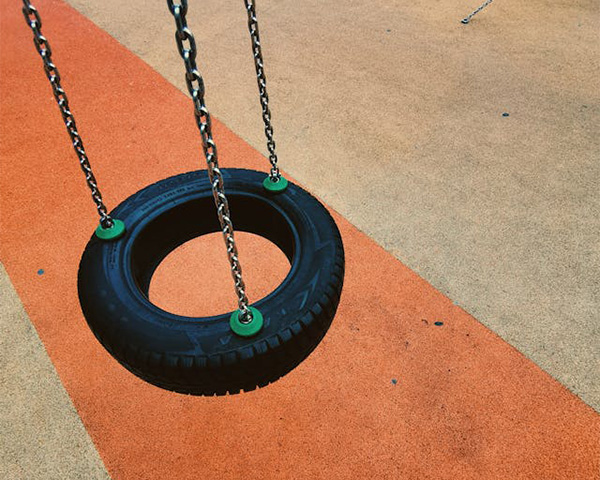Happy new year, OE Global friends!
A quick note to share one of our newest MOOCs on Polimi Open Knowledge, CC BY: “Enhancing education through open opportunities”.
The MOOC aims to help practitioners, instructional designers, teachers and librarians build on their existing knowledge and skills, thanks to reusable opportunities from open education examples in different fields and at different levels. It aims to inspire them with a diverse range of experiences: we invite participants to dig deeper into those examples that relate more directly to their contextual needs.
In the last part of the MOOC, together with video editors, we share the process we applied to design it, with reusers as our priority. We hope it will help them consider adapting this MOOC to their local and contextual needs and audiences.
We were guided by the principle that public education is a common good and thus should be open. The responsibility of designing “as open as possible” in mind was on our side, the side of the creators and developers, if we really wanted to enable the reusers. So, we radically changed the design and implementation process to experiment with radical openness: we used only open-source software, open formats, and open fonts. We did our best to make the MOOC as accessible as possible.
Finally, we shared on Zenodo the entire set of contents in open editable formats for all kinds of files (including videos with layers so that they can be opened and edited with almost no previous skills required). Every small byte of the MOOC can be adapted at a granular level, so we invite you to remove the speaker and add yourself or your peers and just remember to attribute correctly!
Reinventing the production process has been a challenging journey. We learned a lot from it, and we are happy to share this experience with those who are interested.
First, we invite you to take a look at the MOOC, consider the auto-imposed limitations to keep it as easy as possible to adapt for low-tech-skills reusers and then download the whole set of materials to explore opportunities for partial/radical adaptations.
We would be happy to know about it, if you do, to learn from your feedback and share the reasons why we made the choices our materials show.
Happy reusing!
Paola and the whole OER102 team

